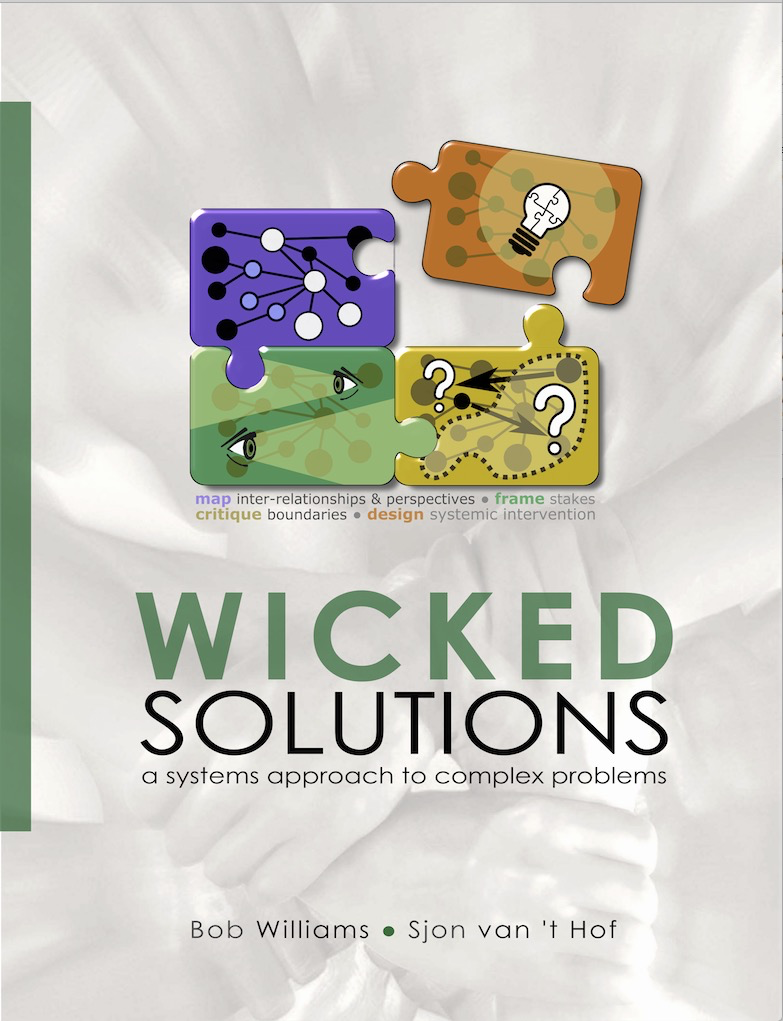This is the third post in this blog on the Viable System Model (VSM). It follows on a general introduction to VSM and an overview of the more operational subsystem 3. Subsystem 4 is about intelligence, strategy, forward planning, and innovation. For an organization to survive it must adapt to change as pro-actively as possible. Business intelligence works to anticipate changes in the environment, e.g. changes in markets, technological change, economic trends, or the competition. This allows it to identify strategic gaps between current activities and possible future ones. It will attempt to close these strategic gaps by development management. This can involve various departments or activities, including human resources and finance. Product development and marketing may also be involved. Development management must involve for instance operations in subsystem 3 to make sure that operations can produce a new product of product development. This can be more difficult than it seems, because the people in subsystem 4 do not generally speak the same language as those in subsystem 3. Therefore, strategists and planners of subsystem 4 must operate at two totally different levels.
 The strategy model of VSM differs radically from the traditional strategy model. VSM is designed to respond to environmental change, whereas the traditional model presupposes environmental stability. The traditional model is deterministic and hierarchical in the sense that at the top is the vision, from which follow the mission, strategy, and targets, which in turn determine the performance measures. The problem is that these performance measures fail to inform the strategic process. The traditional strategy model is simply not designed to identify strategic gaps and set in motion a process to change operations accordingly. Together with the fractal structure to accommodate complexity (see introduction), its ability to innovate distinguishes VSM from more conventional models.
The strategy model of VSM differs radically from the traditional strategy model. VSM is designed to respond to environmental change, whereas the traditional model presupposes environmental stability. The traditional model is deterministic and hierarchical in the sense that at the top is the vision, from which follow the mission, strategy, and targets, which in turn determine the performance measures. The problem is that these performance measures fail to inform the strategic process. The traditional strategy model is simply not designed to identify strategic gaps and set in motion a process to change operations accordingly. Together with the fractal structure to accommodate complexity (see introduction), its ability to innovate distinguishes VSM from more conventional models.

